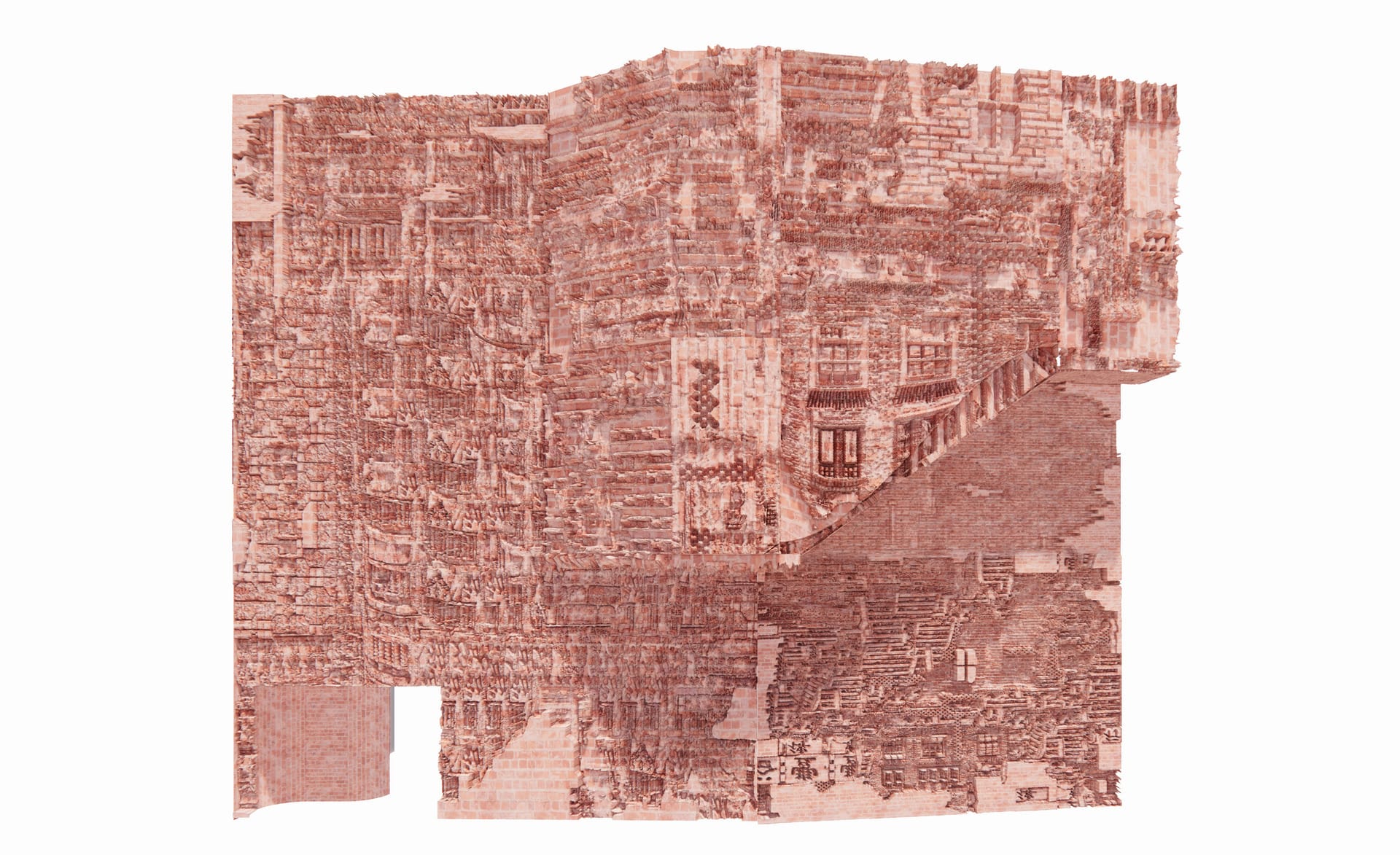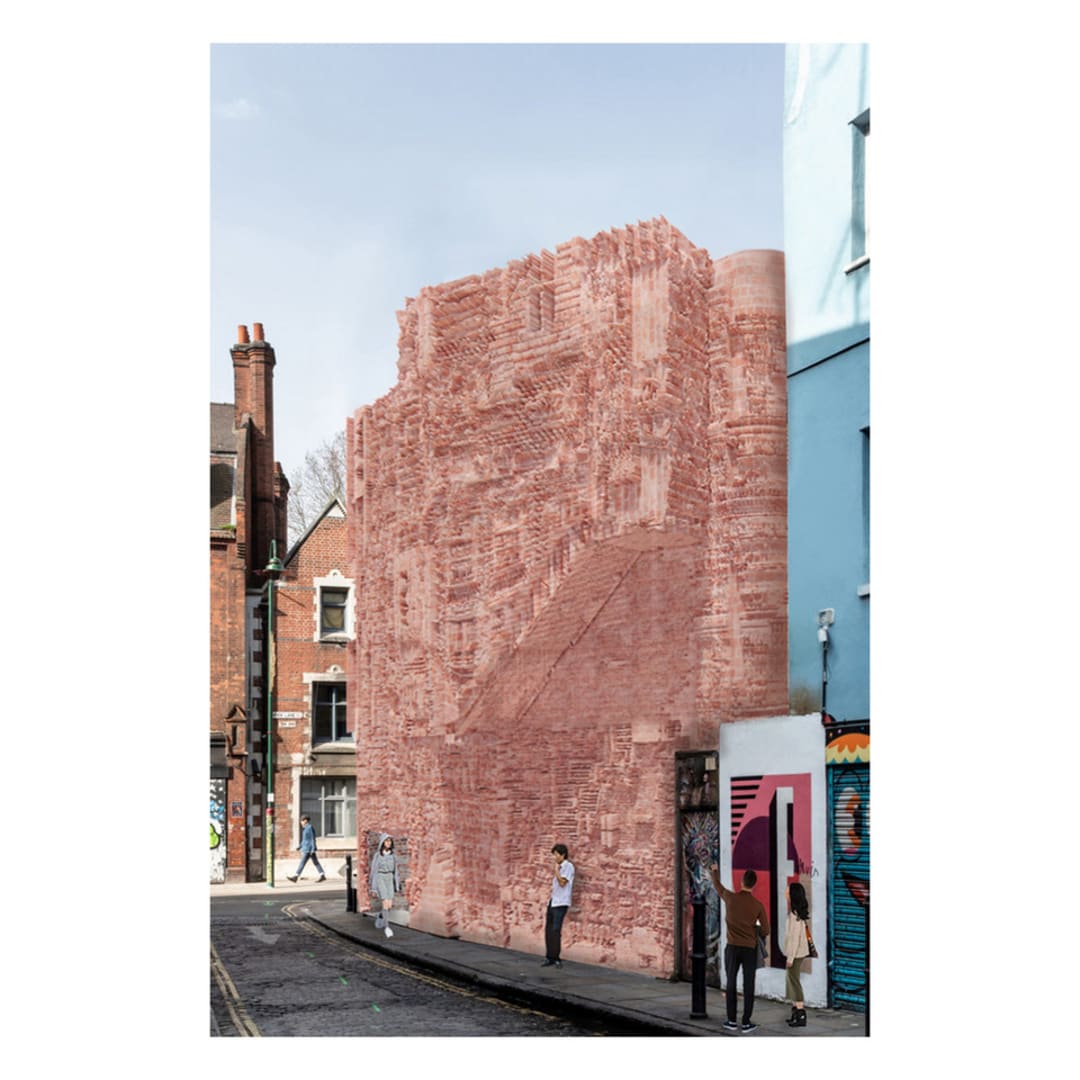Cheryl is a sentimentalist with an attachment to the memories of objects and spaces through time.
Her first-year project in ADS12 focused on themes of obsolete expressions through preserving metal craftsmanship in Hong Kong. This year, her project titled “Gaze is the limit of seeing; Until it breaks…” explores inauthentic authenticities, the question of the Replica/Shanzhai and ephemeral realities through the British Chinese diasporic community.
Recently, Cheryl’s ‘Starry Night Sky’ artworks was selected by Buckingham Palace and the BBC to feature in the King’s Coronation Concert, which was projected onto the façade of Windsor Castle and LED screens. She was also interviewed by the BBC to represent the Royal College of Art for her contribution to the event, which was broadcasted live to 12 million audience members.
She previously completed her BSSc Architectural Studies at the Chinese University of Hong Kong, where her research focused on resisting gentrification and displaced communities, including visiting and documenting the Baseco slums of Manila, Philippines. She has since interned at Gagosian Gallery, worked as an architectural assistant for two years focusing on large to small-scale social architectural projects and was a HKIA (Hong Kong Institute of Architects) Covid-19 volunteer for the underprivileged in Hong Kong.
Returning to the UK after 5 years of studying and working in Hong Kong, she draws upon her interests in reinterpreting cultural heritage and traditions. At the RCA and beyond, Cheryl seeks to expand her expression of work as a multidisciplinary creative, with a fundamental interest in designing and executing unique experiences.







